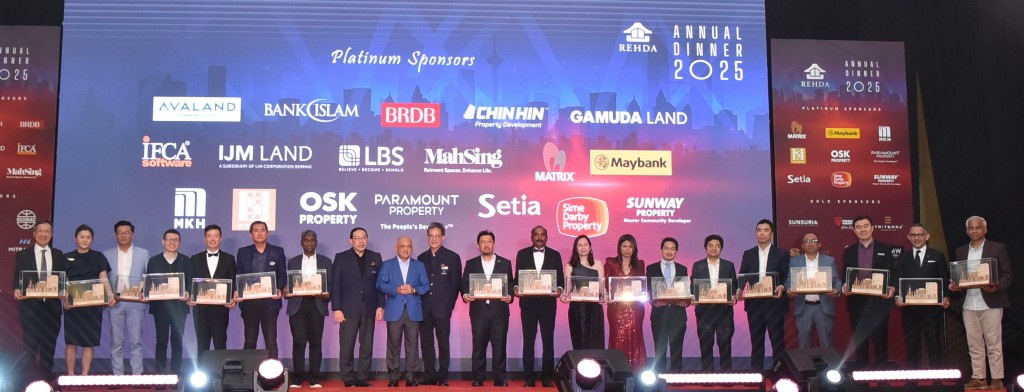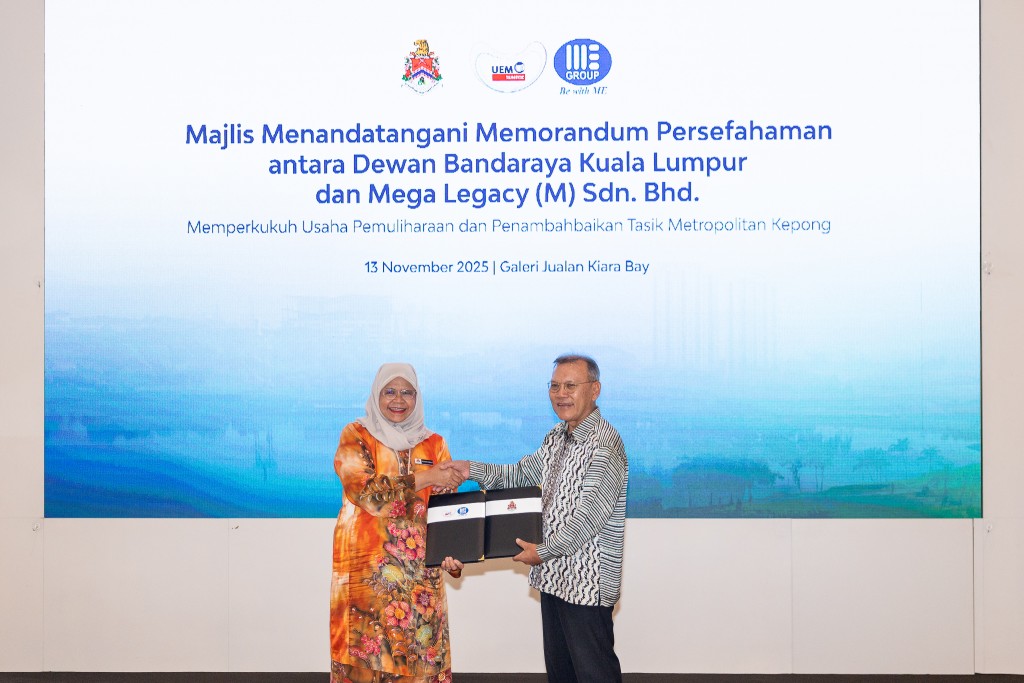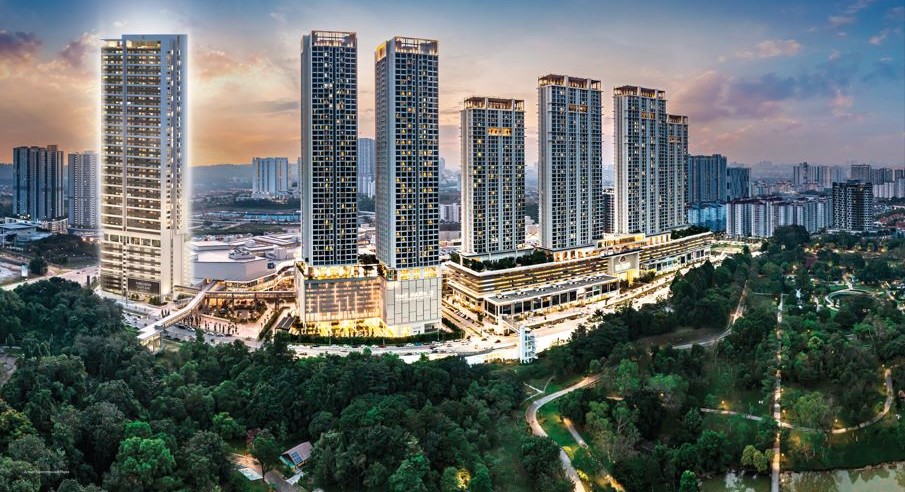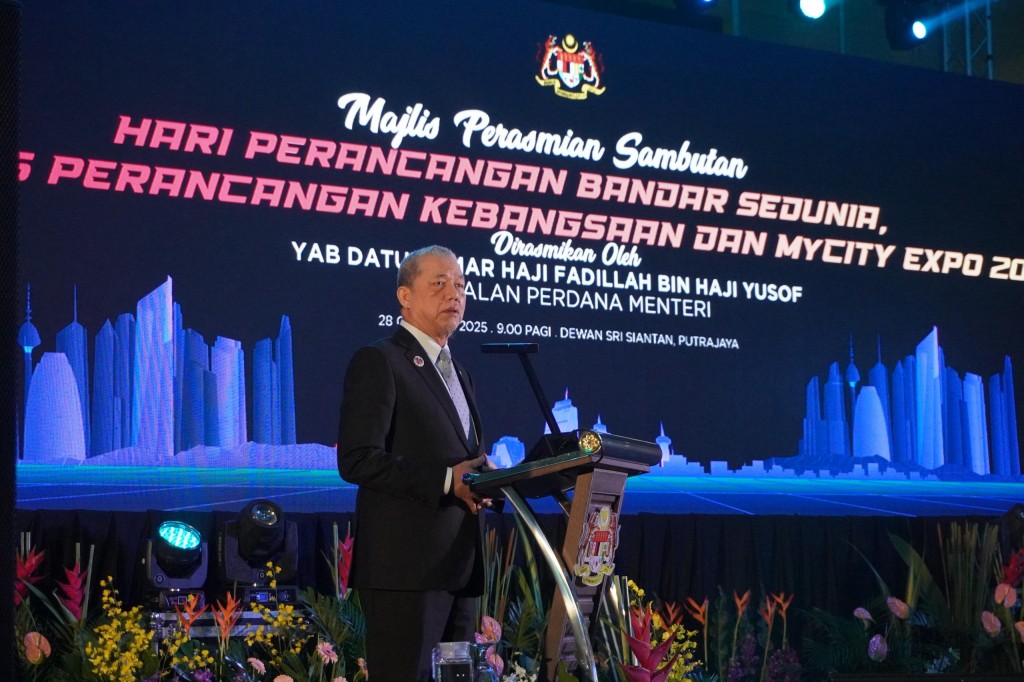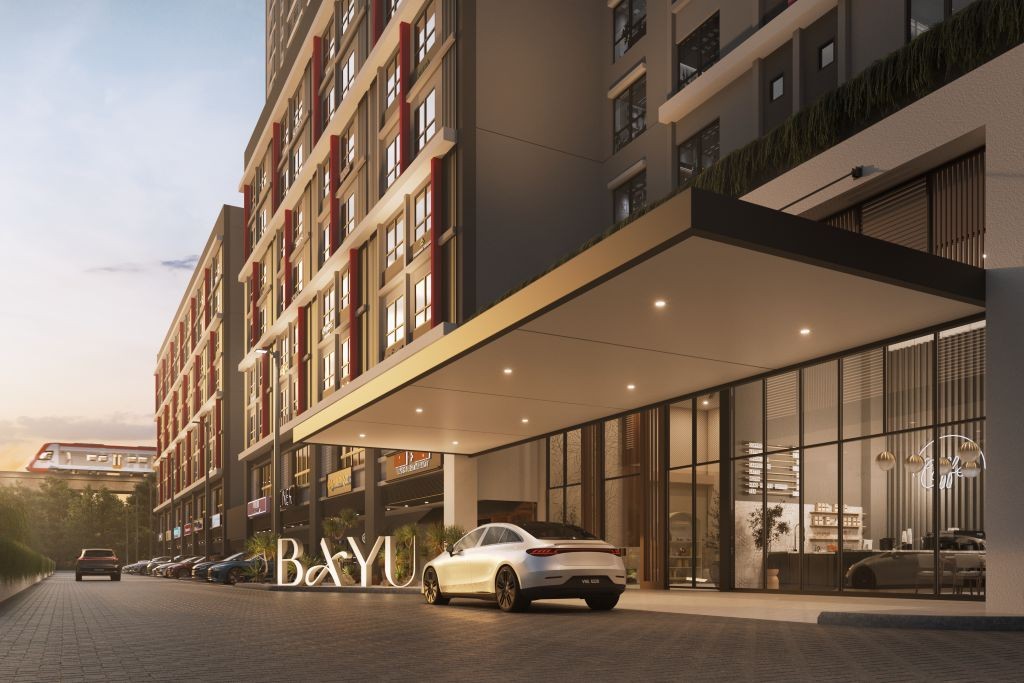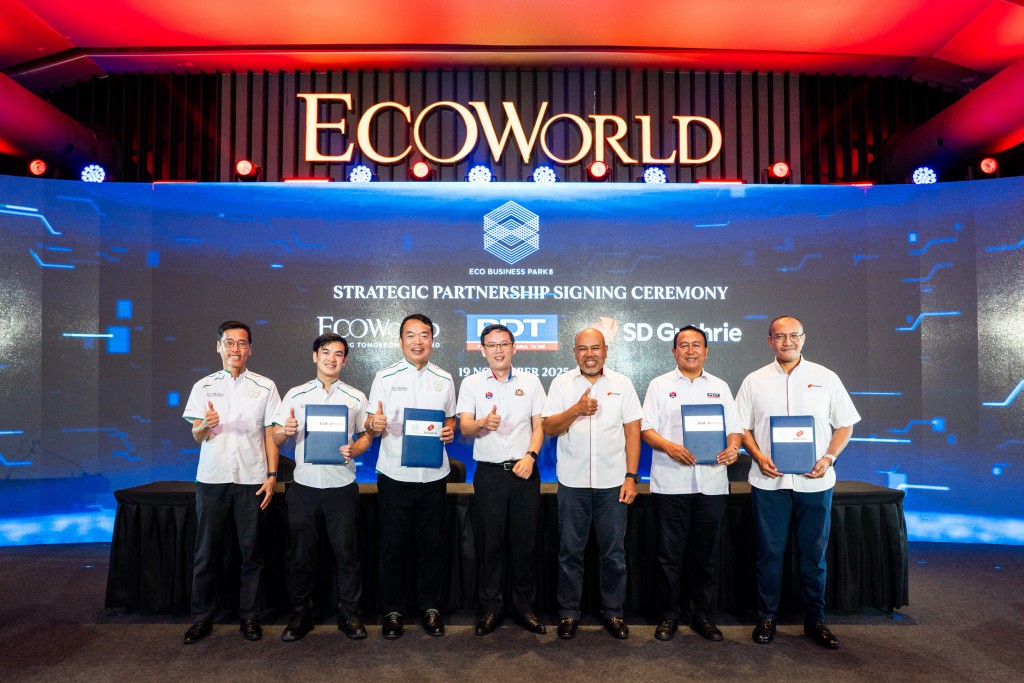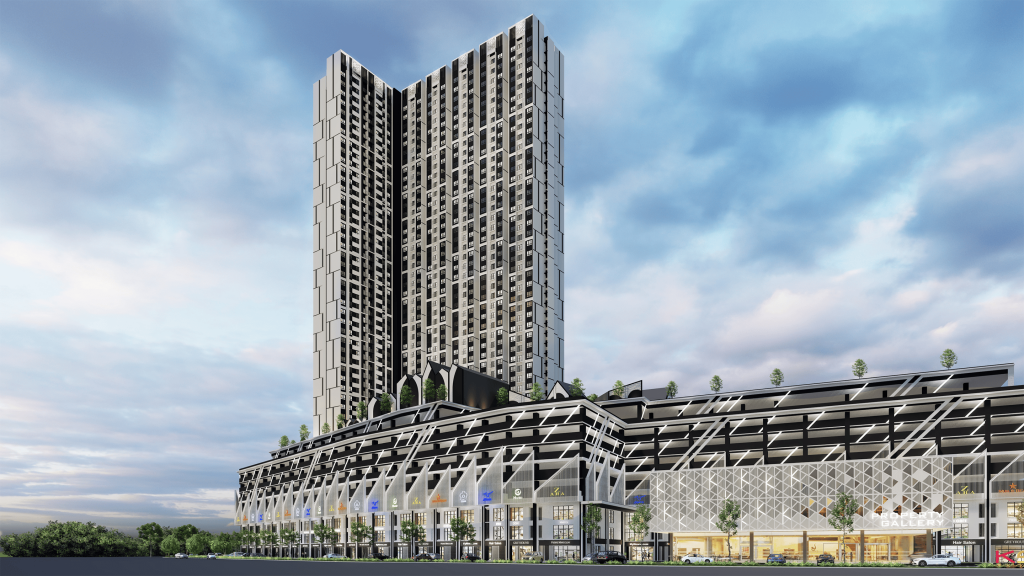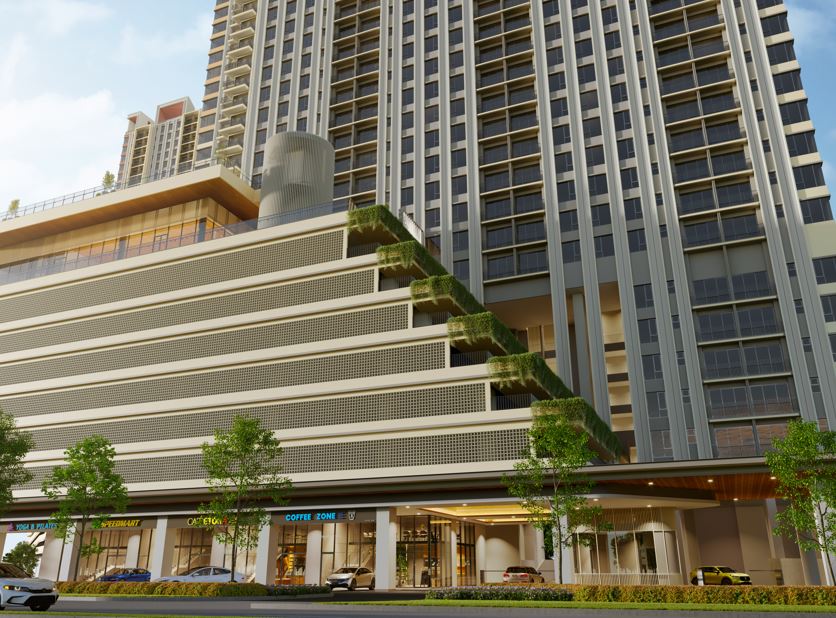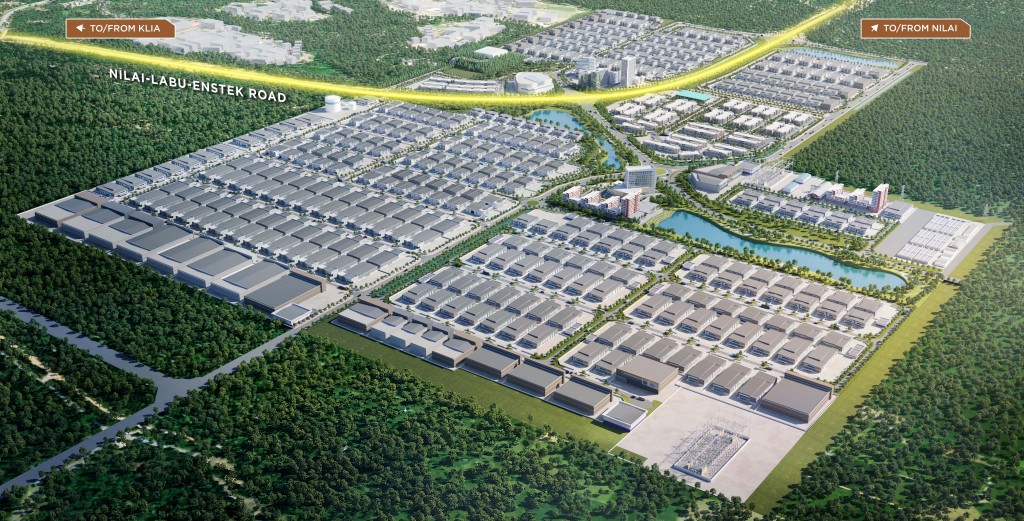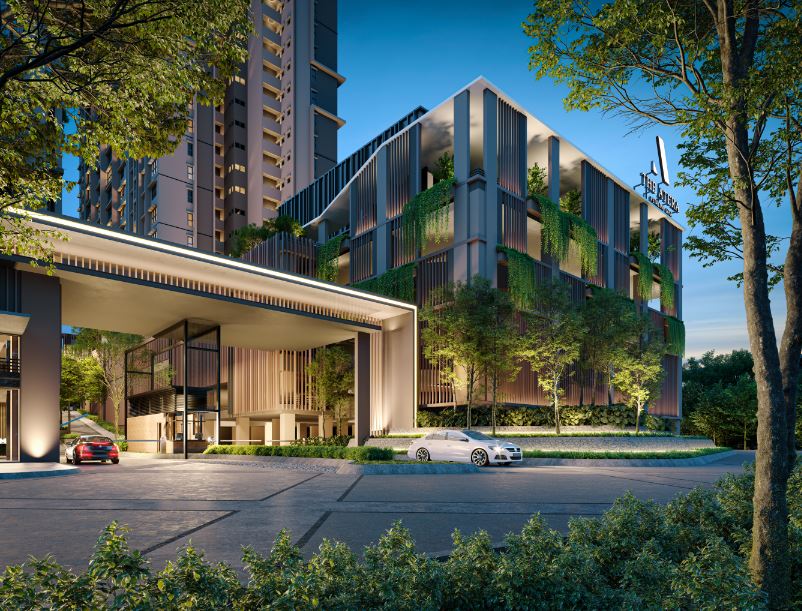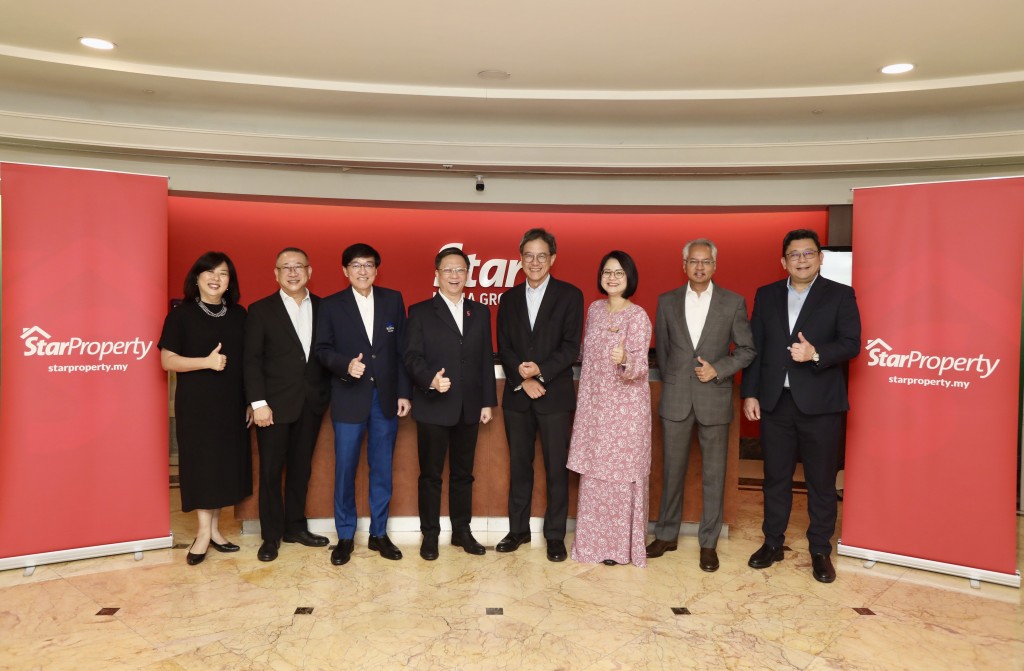
(from left) UEM Sunrise chief marketing officer Emily Teh, Tropicana Corporation chief executive officer Ong Chou Wen, Real Estate and Housing Developers' Association (Rehda) president Datuk Ho Hon Sang, Star Media Group group chief executive officer Chan Seng Fatt, Bukit Kiara Properties group managing director Datuk NK Tong, Star Media Group chief operating officer Lydia Wang, Sime Darby Property Bhd group managing director and chief executive officer Datuk Seri Azmir Merican and IJM Land Bhd chief operating officer Datuk Chai Kian Soon giving the thumbs-up for the StarProperty Budget 2026 Roundtable.
StarProperty Budget 2026 Roundtable sees greater participation
StarProperty held its annual Budget 2026 Roundtable to discuss the wishlists and concerns submitted by many notable developers. Prevalent issues ranged from rising construction costs, barriers to ESG adoption, sustainability, infrastructural inadequacies, approval delays and government support. So when Malaysia’s leading developers, industry associations and township planners gathered for the closed-door roundtable ahead of Budget 2026, one theme clearly dominated the three-hour discussion. Confidence in the property market now hinges on clarity, affordability and efficiency.
From the expanded scope of the Sales and Service Tax (SST) to mounting compliance costs and approval delays, the session was alight with deep anxieties and practical proposals. From a developer’s perspective, the Budget is not just another balance sheet. It shapes buyer sentiment, project viability and the nation’s broader housing goals.
The SST elephant in the room
The government’s decision to expand SST to construction and selected services expectedly sparked a lively debate, with developers citing uncertainty over mixed-use projects where even a small commercial component within could trigger a full 6% service tax on construction.
The uncertainty risks distorting the market. “Even if you have five or ten units of commercial within that kind of residential, mainly residential development, is it that the SST will be applicable on this whole development?” questioned IJM Land Bhd chief operating officer Datuk Chai Kian Soon. Industry estimates suggest the tax could shave 2%-3% off margins, a significant blow in today’s already cautious environment.
Clarity on how the tax will be calculated is also lacking. Real Estate and Housing Developers’ Association (Rehda) Malaysia president Datuk Ho Hon Sang pointed out that it was still unclear if the SST would apply only to workmanship or to both materials and labour. “This will be very messy to administer if every contract has to be broken into components,” he said, urging the government to issue proper lists distinguishing taxable services from exempted materials.
For projects already sold but under construction, retrospective tax liabilities mean developers cannot pass the extra cost to buyers. Several participants noted that it would eat into the profits of smaller developers, leaving them facing viability issues without swift clarification.
Although residential projects are formally exempt, developers agree that the ripple effects are unavoidable. Higher commercial construction costs may discourage investment in offices, malls and industrial properties while mixed projects could be caught in pricing limbo.
Thorns in the side: Compliance costs
Beyond SST, compliance burdens have steadily eroded profitability. Reports found that compliance costs have climbed from under 10% of gross development value two decades ago to nearly 20% today.
Developers also shared examples of being required to upgrade kilometres of public roads or surrender large tracts of land for schools, which are costs borne upfront by the developer but ultimately passed to buyers.
“15 to 20 years ago, a housing estate could retain 60% of land for saleable use. Today, it is often below 40%. That effectively raises land costs by 50%,” said Ho.
A particularly hot issue is school land surrender, with developers further highlighting cases where land had been handed over but remained idle for decades. “We need to be more efficient. Instead of having many vacant plots which may take 20 years to activate, why not consider vertical schools or partnerships that maximise land use?” stated Sime Darby Property Bhd group managing director and chief executive officer Datuk Seri Azmir Merican.
“This is lowering the percentage of net land area being approved by the relevant authority. We have so many empty plots still unutilised. I believe a data-driven review or study by the government is very timely,” added Ho.
Approvals where time is money
If land and compliance costs represent one side of the coin, approval delays represent the other. Tropicana Corporation Bhd chief executive officer Ong Chou Wen shared that in Johor, developers still need clearance from 14 different technical departments before a building permit can be issued.
“The one-stop centre is purely a collection centre where they just collect and then distribute. We have to submit it independently sometimes in order to expedite it faster. It has to do with operational efficiency,” he continued.
With the shared notion that time saved translates directly into affordability, if holding costs and financing charges were to be reduced, could homes be made cheaper by up to 10% depending on location? Ong further suggested that if the state and federal authorities can coexist in the processes and approvals, the approvals could come faster. He also suggested a blockchain-based land registry, a fast track lane for mega scaled master plans and parallel approvals instead of one after another.
As such, the industry’s wishlist for streamlining approval processes is clear. Nationwide digital approvals to replace fragmented state systems, standardisation across states so developers do not face different rules for identical projects, parallel approvals by agencies rather than sequential ones and fast-track lanes for mega projects carrying strategic importance.
Younger buyer affordability and financing
Despite concerns about rising costs, the wishlists submitted by developers acknowledge that affordability remains the top worry for many Malaysians, especially the younger generation. Malaysia’s home ownership rate is relatively high, standing at around 75% to 80%, but younger and first-time buyers are struggling to enter the market. Wages have not kept pace with property prices, while traditional bank lending policies exclude gig workers and those with irregular income streams.
With calculations, Ho questioned the positions of developers. “Khazanah Research Institute says housing is not affordable anymore. A RM300,000 property with an interest rate less than 4% because of the overnight policy rate commands a monthly repayment of about RM1,400. For the B40, the highest range is RM5,000 to RM6,000. It is within the housing cost burden but the B40 cannot afford it because the bank could not loan them because they did not pass CTOS (Credit Tip-Off Service). So, what is our position? Do we have to cater for their other commitments?”
UEM Sunrise Bhd chief marketing officer Emily Teh suggested that with societal needs having changed dramatically, especially with the younger generation, models like built-to-rent or rent-to-own may be more viable.
Azmir said that it is possible for younger home buyers to purchase affordable units, such as a Servis Apartmen Mampu Milik (SAMM) unit, but they need to take into consideration the unit’s location and construction quality.
The issue of prices is not the only challenge but access to financing is as well. Affordability is not just about the number on the price tag because many young Malaysians can service a loan but they simply cannot get past the banks’ strict rules.
The roundtable supported proposals for step-up mortgages that start with lower installments before rising gradually. Expanded credit guarantee schemes (SJKP) would cover more households, while targeted grants and tax relief for first-time buyers will relieve their financial burdens.
Most importantly, there should also be more recognition of gig economy incomes in mortgage eligibility. Malaysia’s total labour force stands at 16.7 million, with 3.45 million people engaged in informal work. The recent Gig Workers Bill 2025 was a milestone that officially recognises over 1.2 million workers, a substantial workforce percentage.
Another issue brought up was the Bumiputera quota release mechanism, which varies by state and often delays sales. Developers called for automatic, time-based releases because the lack of transparency ties up capital and leaves units unsold. They called for a system that works consistently nationwide.
Buyer sentiments
A mere policy announcement was enough to sway enough sentiment. A developer reported that after news of SST changes broke, cancellation rates spiked in the RM500,000 to RM800,000 segment. Since many were younger buyers, speculations included parents advising to adopt a wait-and-see approach. Higher-end units saw no significant impact, so it was suggested that banks are more sensitive to that price range.
Another contentious topic was booking fee collection. While officially restricted, it was noted that many agents on behalf of developers actually collect cheques without banking them in to create a sense of demand. Ho suggested legalising booking fees under clearer rules to ensure buyers are genuine while preventing unhealthy practices.
Meanwhile, the cost of acquiring buyers has risen. Teh shared that lead generation costs have surged to RM2,000 to RM3,000 per converted sale, which is another burden already borne by developers.
The sustainability agenda
As affordability dominates the near-term agenda, sustainability has remained on the list of long-term priorities. Developers acknowledged that green-certified projects carry higher upfront costs that further deter adoption, despite clear long-term benefits.
Green incentives are the key to bridging the gap. The only way to offset rising costs is through efficiency and green incentives can help align commercial and climate goals. Proposals included green tax breaks, import duty waivers, fast-track approvals for ESG-compliant projects and low-interest green financing schemes.
Essentially, Malaysia’s property sector must keep pace with global investor expectations on ESG, but developers need support to make the economics work.
At the end of the session, the participants had converged on five major proposals for the government. The first was to reintroduce and enhance the Home Ownership Campaign with broader coverage up to RM1mil, digital platforms, stamp duty waivers and innovative financing options to reignite demand. Next is putting forth targeted incentives and other market reforms such as SST exemptions, reduced compliance charges, land premium relief and more efficient Bumi quota releases. Third was enhancing financing access in the form of step-up and flexible loans, recognition of gig economy income and tax relief and grants for first-time home buyers.
Streamlining approvals included nationwide standardisation of digital systems, parallel approvals and fast-track lanes for strategic projects. Lastly, having sustainability incentives will relieve the burdens of developers with green tax breaks, fast-track approvals and support for ESG-compliant supply chains.
Confidence at crossroads
The Roundtable underscored a simple reality: The property sector is both a driver of growth and a mirror of confidence. Budget 2026 will be studied not only by its fiscal numbers but by whether it provides clarity on SST, reduces inefficiencies and strengthens affordability measures. For Malaysians, will the outcome finally determine whether home ownership becomes an achievable dream, or will it slip even further out of reach?
HOC Revival
Ong Chou Wen
Chief executive officer
Tropicana Corporation Bhd
The Home Ownership Campaign worked in the past and it should be considered again for the third time. This round, maybe expand it to include rent-to-own schemes for the youth. Developers are more than willing to collaborate to make it work.”
Incentives and Market Reforms
Datuk Ho Hon Sang
President
Rehda Malaysia
“Top on the list is for HOC to be reintroduced. The second is reducing the cost of doing business, starting with SST. Instead of a flat 6%, we propose an overall 3% by differentiating materials from workmanship.”
Improving financing access
Chief operating officer
IJM Land Bhd
“HOC is something we are hoping for, especially with stamp duty waivers. That remains one of the biggest entry barriers for buyers. If incentives for foreign purchasers are also included, it will further stimulate demand.”
Approvals with structure
 Emily Teh
Emily Teh
Chief marketing officer
UEM Sunrise Bhd
“The IMFC in Johor is a step in the right direction, but it must go beyond being just a collection centre. If it can actually approve high-impact projects, it will cut timelines significantly and improve efficiency.”
Efficiency and Sustainability
Datuk Seri Azmir Merican
Group managing director and chief executive officer
Sime Darby Property Bhd
“Rising costs remain the biggest challenge, so we need to move towards efficiency. The government can help by offering incentives for ESG investment, training across the value chain and fast-track approvals for green projects."
Stay ahead of the crowd and enjoy fresh insights on real estate, property development and lifestyle trends when you subscribe to our newsletter and follow us on social media.





